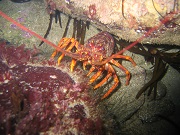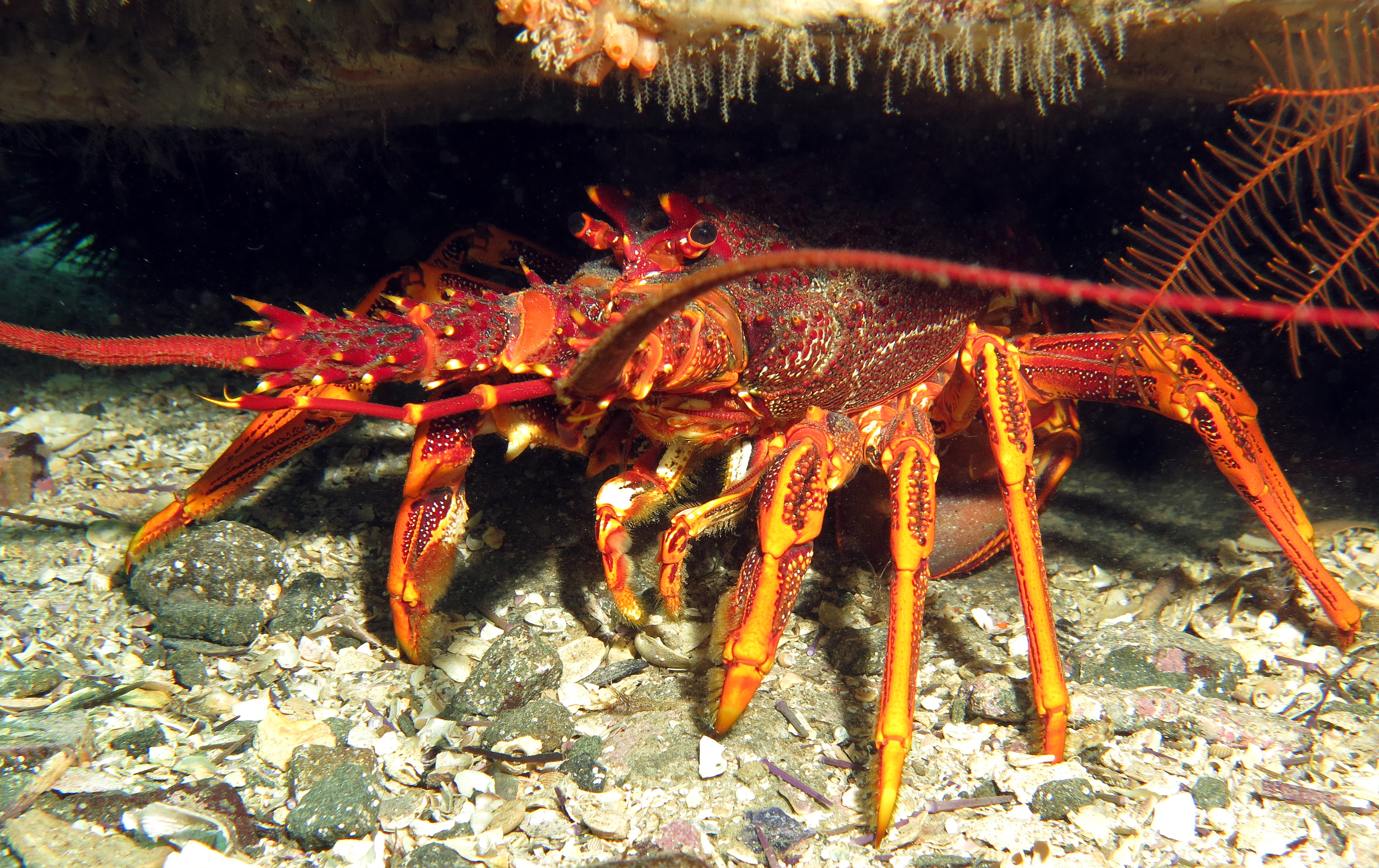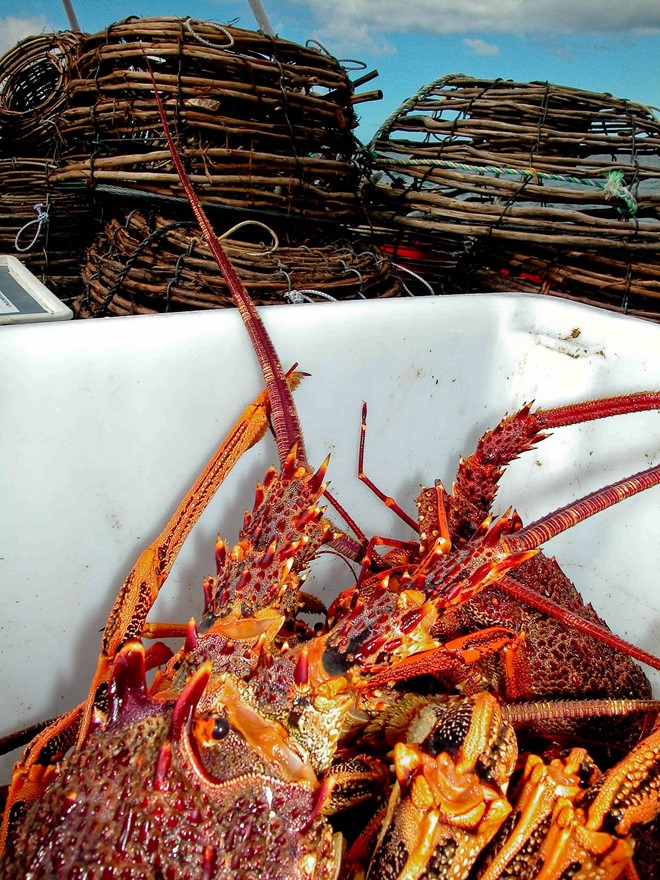
The latest Tasmanian Recreational Rock Lobster and Abalone Fisheries Assessment report has been released, which involved surveying almost 450 licensed rock lobster and abalone fishers about their catches between November 2022 and April 2023.
This data allows researchers to estimate the catch of 18,100 rock lobster licence holders and 11,600 abalone licence holders last year to inform the fishery’s management. It also helps understand fishers’ attitudes, and levels of fishing quality and satisfaction.
East Coast Stock Rebuilding Strategy
The East Coast Stock Rebuilding Strategy was implemented in 2013 to recover declining rock lobster stock in the region. Stage one requires limiting the total catch with the goal of recovering stocks to be at least 20% of unfished levels. It includes an East Coast Stock Rebuilding Zone (ECSRZ) between Eddystone Point and Tasman Head.
Total catch has been reduced in this zone through the State Government implementing bag limit and season reductions for the recreational fishery, and a commercial catch cap for the commercial fishery. A resource-sharing arrangement of 79% commercial and 21% recreational was part of the 2013-2023 rebuilding strategy. In recent years, this equated to a notional recreational catch amount of 35 tonnes, and a commercial catch cap of 94 tonnes applying to a defined area.
 IMAS fisheries scientist and lead author, Professor Sean Tracey said the 2022-23 recreational lobster catch in the rebuilding zone was estimated to be 71.7 tonnes, which exceeded the notional catch share by 36.7 tonnes, or 104%. This was an increase from the estimated catch of 46.5 tonnes in 2021-22 or 32% over the catch share.
IMAS fisheries scientist and lead author, Professor Sean Tracey said the 2022-23 recreational lobster catch in the rebuilding zone was estimated to be 71.7 tonnes, which exceeded the notional catch share by 36.7 tonnes, or 104%. This was an increase from the estimated catch of 46.5 tonnes in 2021-22 or 32% over the catch share.
“Over-catches in the rebuilding zone have now been reported in six of the past nine seasons, while biotoxin closures in 2015-16 and 2017-18, and COVID-19 in 2019-20, led to under-catches. In fact, catches have significantly increased in the three seasons since 2019-20.
“This catch increase in the ECSRZ appears to be mainly driven by increased catch rates, which is in line with those previously modelled by IMAS.”
Statewide recreational rock lobster catches
Prof Tracey said Tasmania’s licensed recreational fishers were estimated to have harvested just over 84,000 lobster (102.6 tonnes) across the state in 2022-23, up from almost 79,400 lobster the previous year (86.3 tonnes).
“This recreational catch represented about 60% of the 170-tonne total allowable recreational catch (TARC),” he said. “It was also equivalent to about 8.4% of the 2022-23 total allowable catch (TAC) of 1,221 tonnes, which includes the total allowable commercial catch (TACC) of 1,051 tonnes.
“Comparatively in 2021-22, the recreational catch comprised about 51% of the TARC and 7.1% of the TAC.”
The recreational rock lobster fishery was concentrated on the east coast, which accounted for 82% of the total recreational catch while the north and west coasts each made up 9% of the harvest. Potting was the primary catch method, contributing to 63% of the harvest. Divers accounted for 33% and rings 3%.
Importance of monitoring Tasmania’s abalone fishery
Prof Tracey said fishers were estimated to have taken over 48,400 abalone between November 2022 and April 2023, which was 23.8 tonnes (3%) of the 773.5-tonne TACC for 2023. This was a slight increase from the 41,600 abalone (17.2 tonnes) caught in 2021-22, which made up 3% of the 795-tonne TACC for 2022.
“This catch estimate indicates that the recreational fishery takes a minor component of Tasmania’s overall abalone catch,” Prof. Tracey said.

“This catch is important at the local scale since recreational fishers may continue to fish areas even when abalone densities are low, risking localised depletion.”
Most of the total catch came from the east coast, at 76%, with 20% from the north and 4% from the west coast. Blacklip Abalone made up 88% of catches, far more than Greenlip Abalone at 12%.
This research was funded by the Department of Natural Resources and Environment Tasmania and the University of Tasmania through the Sustainable Marine Research Collaboration Agreement.
Images:
Published 13 November 2023